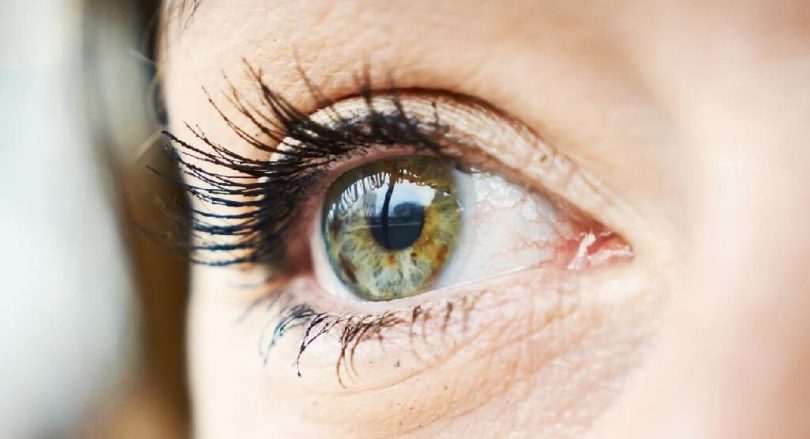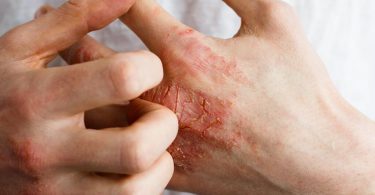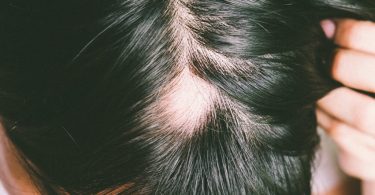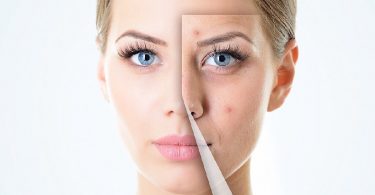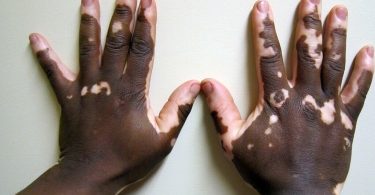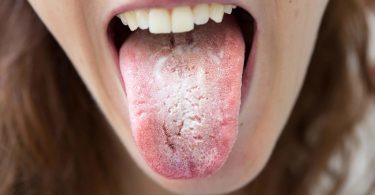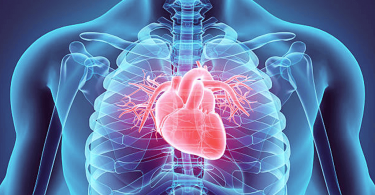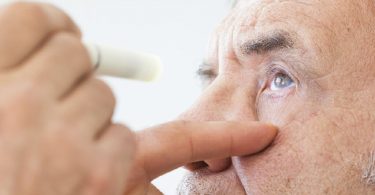Itchy eye, red eyelid, tearing, blepharitis is especially annoying on a daily basis. This inflammation of the edge of the eyelid is indeed not serious. So, in this article we will talk about : astigmatism causes, symptoms and treatment.
Contents
Definition
Blepharitis is an inflammation of the eyelid, more particularly of the part of the eyelid which contains the eyelashes and which is in contact with the eyeball.
The inflammation can affect the skin, the conjunctiva on the posterior surface of the eyelid, the eyelashes or the Meibomian glands, located in the thickness of the eyelid. These secrete the lipid part of the tear film which permanently moistens the eye.
This common condition affects both children and adults and can be chronic.
Blepharitis is a source of discomfort, but in the vast majority of cases it is not a serious condition.
Blepharitis causes
It may be linked to an overabundance or poor quality of secretions from the sebaceous glands contained in the skin. In general, this form of blepharitis is common in people with oily skin.
It can also be due to a dysfunction of the Meibomian glands.
In addition, we can associate to these causes of blepharitis:
- allergic or dermatological phenomena;
- visual fatigue which will cause irritation and inflammation of the edge of the eyelid.
It should also be mentioned as a favoring factor:
- poor eye hygiene;
- exposure to irritating substances (professions exposed to dust, pollution, etc.).
Finally, there are infectious causes:
- demodex, a small parasite that lodges at the base of the eyelashes;
- staphylococcus, quite rare, rather during secondary infection of blepharitis.
Blepharitis symptoms
The most common symptoms of blepharitis are:
- an itchy eye;
- a red eyelid as irritated;
- small dry crusts at the base of the eyelashes (small deposits);
- alteration of the free edge of the eyelid (styes, chalazions, which represent complications of blepharitis );
- redness of the eyes (linked to dust which can promote blepharitis).
Prevention councils
To prevent inflammation of the eyelid, you can:
- clean the eyelids and eyelashes regularly to remove excess sebum and small secretions that can promote or perpetuate blepharitis;
- wash the cul-de-sacs of the eyes with a little physiological saline to remove the dust which can become lodged there.
Blepharitis exams
The attending physician or ophthalmologist has no trouble recognizing blepharitis by questioning the patient and examining their eyes.
The occurrence of styes or chalazions is a classic and harmless complication. These lesions are easily diagnosed and heal with the help of appropriate treatment prescribed by the attending physician or ophthalmologist.
Blepharitis treatment
In simple forms of blepharitis, treatment is based on hygienic rules:
- applying warm compresses to the eyelids for two to three minutes;
- massage the eyelids towards the free edge to promote the evacuation of secretions;
- elimination of small crusts in the eyelashes.
It is also possible to clean the eyes with physiological saline or to put on artificial tears when the tear film is not of good quality.
Wearing glasses and corrective lenses is also important, as it limits eye strain and thus the appearance of blepharitis.
Subsequently, different treatments can be proposed by the attending physician or ophthalmologist to decongest the eyelid:
- application of ointments;
- taking certain antibiotics.
Overall, in infectious or complicated forms (with chalazion or stye) of blepharitis, the doctor sets up an appropriate anti-infectious treatment, antibiotic most often, by general or local route.
Read also:
Panic attack: causes, symptoms and treatment
Asthma: causes, symptoms and treatment
Ascites: causes, symptoms and treatment
Osteoarthritis: causes, symptoms and treatment

